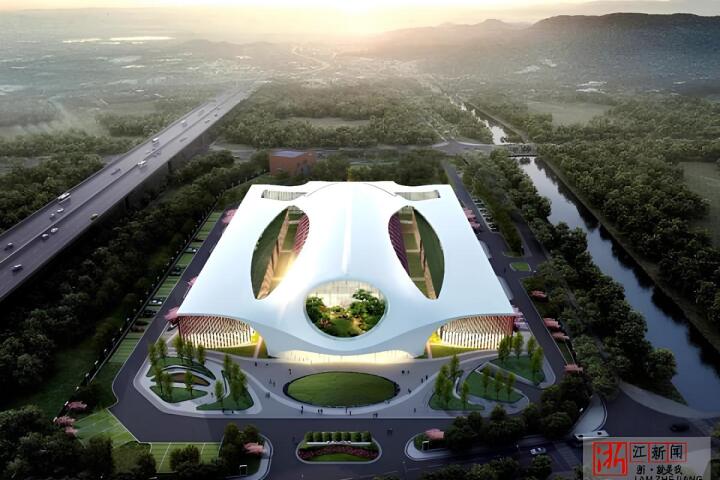A lot of things are becoming "smart" these days, but bricks might not be something you'd expect to be added to the list. On the way to buildings that act like "large-scale living organisms," scientists at the University of the West of England (UWE Bristol) are developing smart bricks that would make use of microbes to recycle wastewater, generate electricity and produce oxygen.
Microbial fuel cells (MFCs), which will be embedded in the bricks to give them their "smart" capabilities, have proven handy in the past, with researchers demonstrating how they can be used to generate electricity from human urine, dead flies or just plain old mud.
"Microbial fuel cells are energy transducers that exploit the metabolic activity of the constituent microbes to break down organic waste and generate electricity," says Ioannis Ieropoulos, professor at UWE Bristol's Robotics Laboratory. "This is a novel application for MFC modules to be made into actuating building blocks as part of wall structures. This will allow us to explore the possibility of treating household waste, generating useful levels of electricity, and have 'active programmable' walls within our living environments."
The researchers say the "living engines" of these walls will be able to sense the environment both outside and inside the building – including its human occupants – and react accordingly. Depending on how they're "programmed," these bioreactor walls will be able to take in inputs such as grey water, carbon dioxide, sunlight, algae, bacteria and nutrients, and in turn produce resources like "polished" water, oxygen, electricity, heat, biodegradable detergents, biomass and biofluorescence.
"The technologies we are developing aim to transform the places where we live and work enabling us to co-live with the building," says Andrew Adamatzky, the professor leading the UWE Bristol team. "Each smart brick is an electrical analogous computer. A building made of such bricks will be a massive-parallel computing processor."
With all these resources literally coming out of the walls, smart bricks are just one part of Living Architecture (LIAR), an ongoing project by institutions from across the UK and Europe which aims to tackle global sustainability issues.
Source: UWE Bristol




